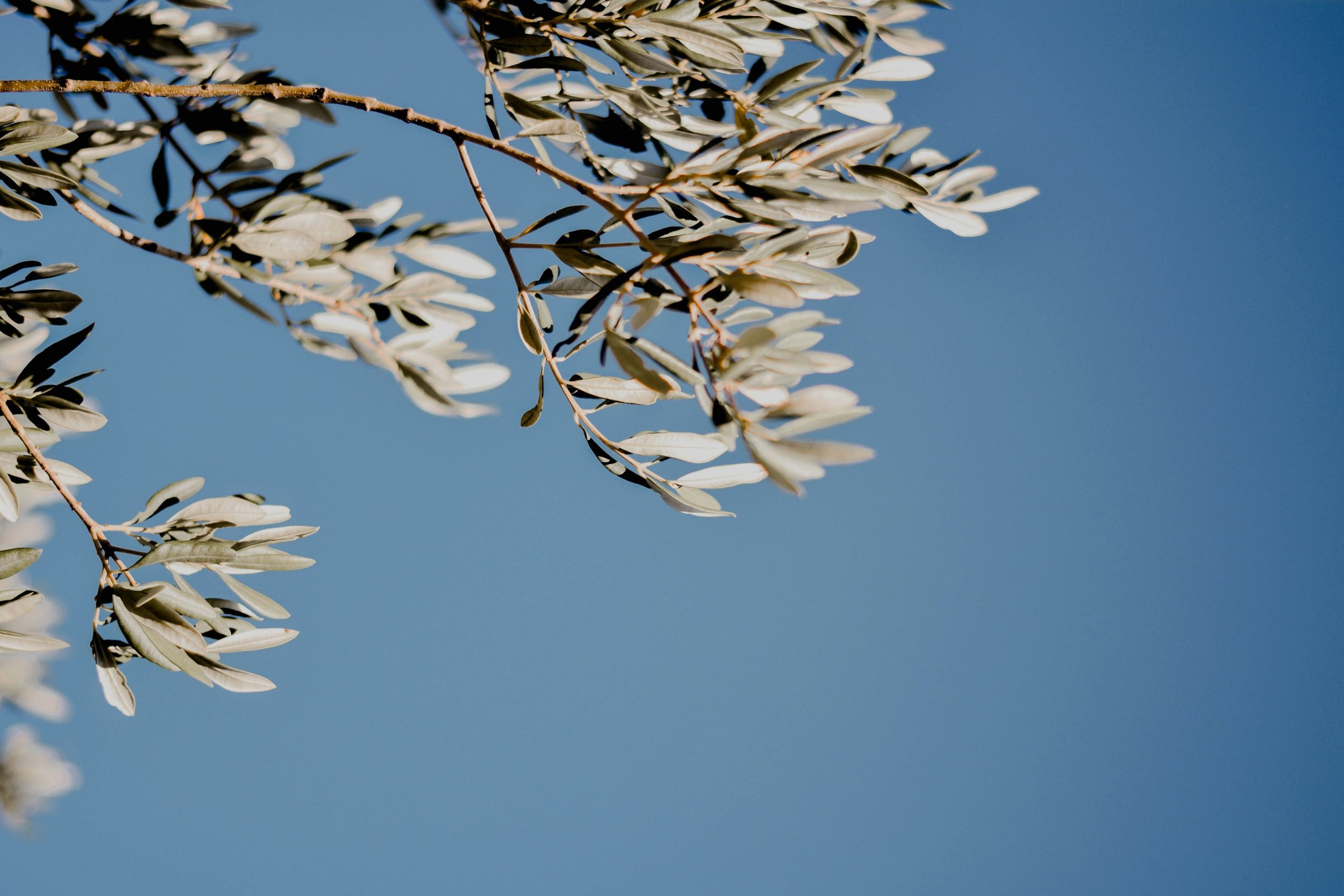Rising Demand for Santalum Spicatum
The demand for Western Australian sandalwood (Santalum spicatum) is surging as global industries recognize its value in luxury perfumery, pharmaceuticals, skincare, and traditional medicine. As one of the world’s most sought-after sandalwood species, Spicatum is prized for its high santalol content, which gives it superior fragrance and therapeutic properties. However, with increasing scarcity and stricter regulations around harvesting, supply constraints are driving prices higher, making this a compelling market for investors and stakeholders.
Why is Demand Increasing?
The luxury fragrance industry has been a significant driver of Spicatum demand, with premium brands seeking sustainable and ethically sourced sandalwood for their high-end perfumes. Additionally, the natural wellness and skincare sectors are turning to sandalwood oil for its anti-inflammatory, antimicrobial, and anti-aging benefits, further expanding its market reach. In Asia, particularly in India and China, Spicatum remains a key ingredient in traditional medicine and religious rituals, where demand remains unwavering.
Challenges in Meeting Global Demand
Despite growing interest, the supply of Spicatum is under pressure. Natural populations are protected under strict harvesting regulations in Western Australia, ensuring sustainability but also limiting available stock. Furthermore, the long maturation cycle—typically 15 to 30 years before harvesting—means that increasing supply is not an immediate solution. These constraints have led to rising prices and a premium on high-quality sandalwood, making investment in managed plantations increasingly attractive.
The Future of Spicatum
With demand continuing to rise, sustainable plantation-grown Spicatum is expected to play a crucial role in meeting global needs. Investors and industry leaders are increasingly focusing on ethical sourcing, transparent supply chains, and long-term sustainability efforts, ensuring that this valuable resource remains available for generations to come.

